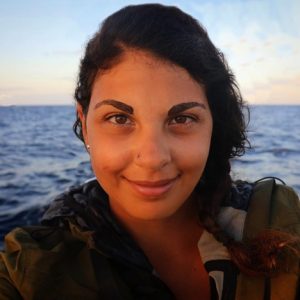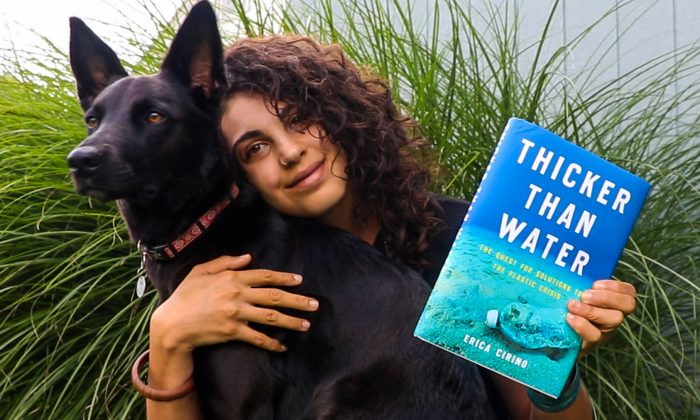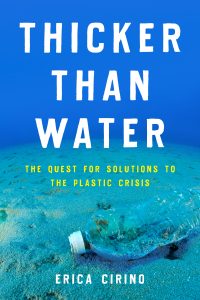By Donna Newman
At year’s end, TBR News Media honors community members who have shared their time and talents to enhance the place they live for the benefit of all. Long Island environmentalist Erica Cirino takes her efforts to a global level.
We are pleased to honor her as a 2021 TBR News Media Person of the Year.
After earning a bachelor of arts in environmental studies and a master’s of science in journalism at Stony Brook University, this former Huntington resident has dedicated herself to one of Earth’s most pressing environmental concerns.
According to the bio on her website, Cirino is a science writer, author and artist exploring the intersection of the human and nonhuman worlds. Her widely published photojournalistic works depict the numerous ways people connect to nature — and each other — and shape the planet. Her work has appeared in Audubon Magazine, The Guardian and on the National Geographic Voices blog and VICE News among other media outlets.
While working at a rehab clinic as a licensed wildlife rehabilitator, Cirino saw firsthand that the majority of animals brought in for care were there as a result of human actions that have deleterious effects on wildlife — and nature. This realization led her to focus on telling the stories she feels need to be heard to prevent continued destruction of the planet and further harm to wildlife.
Currently, Cirino manages outreach campaigns and online and print media for The Safina Center, a nonprofit nature conservation and environmental organization that is affiliated with Stony Brook University. The center is headquartered in Setauket.
Carl Safina, the eponymous center’s founder, said he has known Cirino about six years.
“Erica has been a kind of protégé for years,” he said. “I am not sure that does her justice, because she is her own person with her own work and views. But I have helped her along as best I can because she has great talent well worth assisting. Erica was one of the main reasons we created our junior fellowships [for younger scholars establishing their careers]. Now she is the author of an important book and in high demand as a speaker. I can hardly imagine doing what we do without Erica. She seems able to do just about anything. She is multitalented and preternaturally efficient.”
In a review of her book, “Thicker Than Water: The Quest for Solutions to the Plastic Crisis,” in this newspaper last month, Jeffrey Sanzel lauded Cirino’s recently released treatise.

“Cirino, a gifted author whose writings have been featured in Scientific American and The Atlantic, has penned a smart, passionate exploration of one of the most troubling and challenging issues,” he wrote. “The book examines a problem of overwhelming global impact.”
Sanzel concluded, “It would be impossible to read this powerful book and not look at the world differently, both in the larger picture and day-to-day life. … Erica Cirino’s ideas stimulate thought, raise awareness and, most importantly, are a call to action.”
Lise Hintze’s connection to Cirino began with their dogs. The pups had an affinity for one another in their Setauket neighborhood, and began playing together in Hintze’s fenced backyard during the pandemic as the women got to know each other.
“When I first met her, she said, ‘I’m going to write a book,’” Hintze recalled. “She talked about her sailing and the expeditions she’d been on, and her travel all over the world. And I asked, ‘How old are you?’ because her face did not match the experiences she’d described. She replied, ‘I’m going to be 29.’ And I thought: ‘And you’ve done all that?’”
The more time they spent together, the more Hintze learned from her new friend. Cirino talked about what’s happening in the oceans and how serious it is and Hintze’s admiration for her passion and determination to solve this problem grew.
“Erica is one of the most dynamic young people I’ve ever met,” Hintze said. “She is an incredibly terrific young woman, soft spoken and extremely humble. I wish she knew her own worth. She is going far. Erica can confidently take anything she chooses to the next level.”
Learn more about this talented champion of our planet at her website www.ericacirino.com. Her book, “Thicker Than Water,” is available at islandpress.org/books or Amazon.com.






